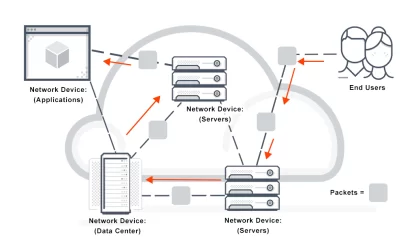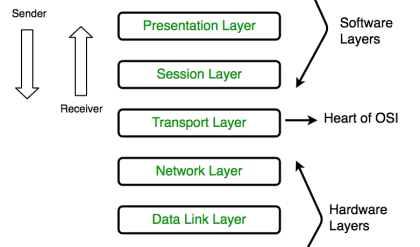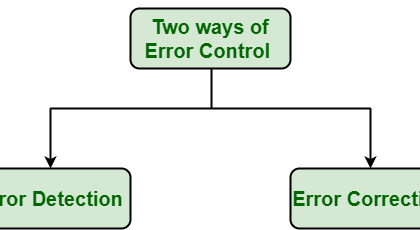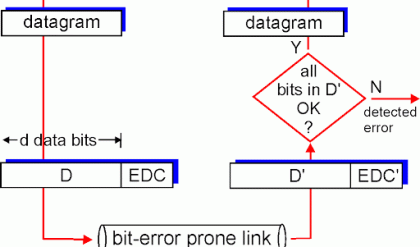One will note the backbone structure of Figure 1.9d. If we remove the high-usage routes (dashed lines in the figure), the backbone structure remains. This backbone is illustrated in Figure 1.10. In the terminology of hierarchical networks, the backbone represents the final route from which no overflow is permitted.
Let us digress and explain what we mean by overflow. It is defined as that part of the offered traffic that cannot be carried by a switch over a selected trunk group. It is that type of traffic that met congestion, which we called blockage above. We also can have overflow of a buffer (a digital memory), where overflow just spills, and is lost.

In the case of a hierarchical network, the overflow can be routed over a different route. It may overflow on to another HU route or to the final route on the backbone. See Figure 1.10.
A hierarchical system of routing leads to simplified switch design. A common expression used when discussing hierarchical routing and multiple-star configurations is that lower-rank exchanges home on higher-rank exchanges. If a call is destined for an exchange of lower rank in its chain, the call proceeds down the chain. In a similar manner, if a call is destined for another exchange outside the chain (the opposite side of Figure 1.9d), it proceeds up the chain and across. When high-usage routes exist, a call may be routed on a route additional or supplementary to the pure hierarchy, proceeding to the distant transit center10 and then descending to the destination. Of course, at the highest level in a pure hierarchy the call crosses from one chain over to the other. In hierarchical networks, only the order of each switch in the hierarchy and those additional links (high-usage routes) that provide access need be known. In such networks, administration is simplified, and storage or routing information is reduced when compared to the full-mesh type of network, for example.






